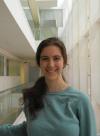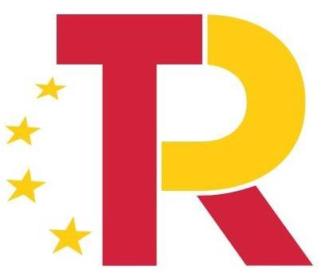Molecular paleobiology
The Molecular paleobiology Laboratory is purpose-built for the extraction and analysis of ancient proteins from archaeological, historical, and paleontological samples, and also contains spaces for the extraction of ancient DNA, a DNA library preparation laboratory, and two free spaces to be utilised by visiting researchers and new projects at CENEH. This laboratory predominantly works with bones and teeth; however, it is capable of analysing a range of samples, including leather, ivory, antler, glues, binders, and eggshell.
Most routine palaeoproteomic analysis falls under the category of shotgun proteomics, a high-resolution method to analyse archaeological and palaeontological materials which utilises a tandem mass spectrometer. This method is suited to projects that seek to identify the entire proteome present within a sample, those proteins that may be present in low abundances, and samples that have a complex mixture of potential proteins present. While the protein component of bone, for example, may be dominated by type-I collagen, there is a host of proteins present within these archaeological tissues that may be more informative than collagen alone. Enamel is another excellent candidate for shotgun proteomics, as proteins are present in low abundance but can be highly informative and are crucial to evolutionary studies.
ZooMS (Zooarchaeology by Mass Spectrometry) or peptide mass fingerprinting is an alternative form of palaeoproteomic analysis, which is principally used as a form of taxonomic identification. Rather than attempting to capture the entire proteome, ZooMS targets a single dominant protein, like type-I collagen in bone. The method is predominantly applied to collagenous artefacts like bone, leather, dentine, and ivory, which have the most robust established reference libraries. Additional and smaller reference libraries exist for eggshell and keratinaceous samples, like feathers and horn. The method is highly time and cost-efficient in comparison with other biomolecular processes, allowing for the analysis of large numbers of samples within a short time period.
The entire facility is housed within a clean room (193 m2), aimed at minimising modern contamination. No natural fibers are allowed into the laboratory, and cleanroom suits are worn by all those using the facility. The laboratory utilises positive pressure thaks to a technical room (20m2) and UV-C lights throughout to further prevent and eliminate potential contamination.
The laboratory is divided into three main sections, the first for sample preparation, the second for buffer preparation, and the third for sample extraction.
- Drilling, crushing and cutting of samples under an exhaust system;
- SAS pass-through boxes for decontamination of samples entering the laboratory;
- Sample preparation rooms with micro-balance, balance;
- Dedicated buffer preparation rooms;
- Dedicated proteomic extraction rooms with laminar flow hoods;
- Frozen storage space for long-term housing of protein extracts;
- An in-house Matrix-Assisted Laser Desorption/Ionisation Time-of-Flight Mass Spectrometer
We are in the process to adquire the lab furniture and equipmento and establishing our formal services. If you have a specific need we recommend that you contact us directly to discuss your project. We look forward to hearing from you.






